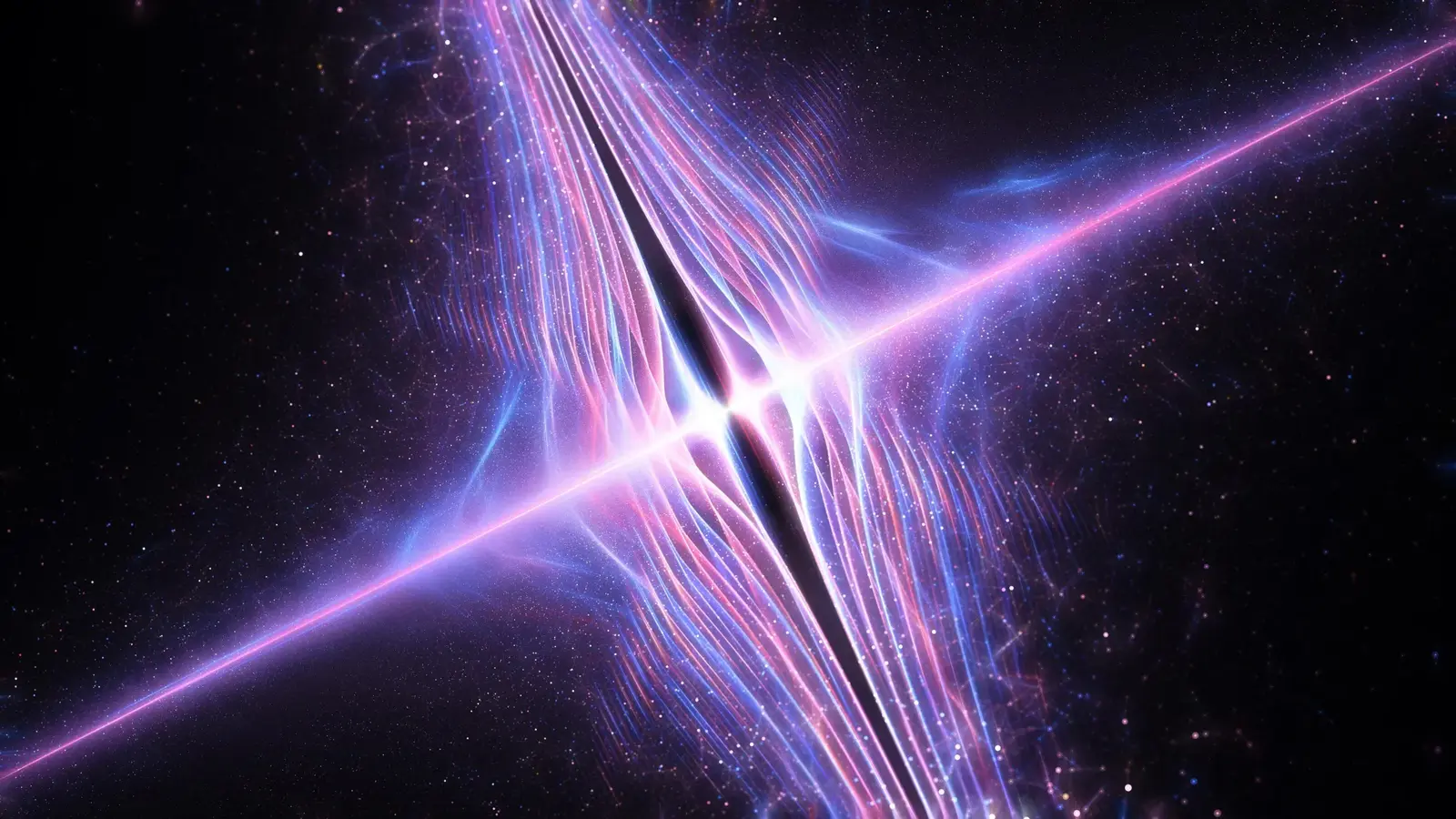3 Minutes
Quantum simulation of gauge theories: a laboratory window on nature
Google's quantum processor has been used to directly simulate the dynamics of particles and the invisible strings that bind them, an advance reported in the journal Nature. The experiment demonstrates that near-term quantum hardware can reproduce key behaviors predicted by gauge theories, the mathematical frameworks that describe fundamental forces in particle physics and the structure of quantum materials. Credit: Shutterstock
Scientific background and context
Gauge theories underpin our most successful descriptions of nature, including electromagnetism and the standard model of particle physics. These theories predict that particles can be connected by flux lines or stringlike excitations whose dynamics govern confinement, phase transitions, and other nontrivial phenomena. Classical simulation of such systems is often limited by exponential scaling, which is why quantum simulation is emerging as a promising route to explore these regimes directly.
Experiment and methods
Researchers programmed Google Quantum AI hardware to implement a tailored lattice model that encodes a specific gauge theory. By preparing initial states and evolving them on the quantum processor, the team tracked how particles and their connecting strings changed over time. The experiment included parameter sweeps that effectively tuned string tension and interaction strength, revealing regimes of strong fluctuations, tight confinement, and string breaking.
.avif)
Key technical points
- Use of controlled qubit interactions to emulate gauge constraints
- Time-resolved readout to capture dynamical string behavior
- Calibration and error mitigation to improve fidelity of the simulated evolution
Key discoveries and implications
The quantum processor produced data showing hallmark signatures of string dynamics that correspond closely to theoretical expectations from high-energy physics. Importantly, the results illustrate how programmable quantum hardware can serve as an experimental testbed for theories that are otherwise hard to probe. Potential applications extend beyond particle physics to quantum materials, where similar gauge-like excitations appear, and to foundational questions about space and time that are framed in gauge-theory language.
Quotes and perspective
Researchers involved emphasize that this work is a proof of principle. By recreating gauge interactions in a lab setting, scientists gain a new tool for testing theoretical ideas and for exploring parameter regimes inaccessible to classical simulations. The study marks a significant step toward using quantum processors for discovery in fundamental physics.
Conclusion
This demonstration shows that current quantum processors can simulate essential features of gauge theories, including the dynamic behavior of strings connecting particles. While challenges remain in scaling and error control, the approach opens a pathway to deeper explorations of particle physics, quantum materials, and the mathematical fabric of the universe.
Source: sciencedaily


Leave a Comment